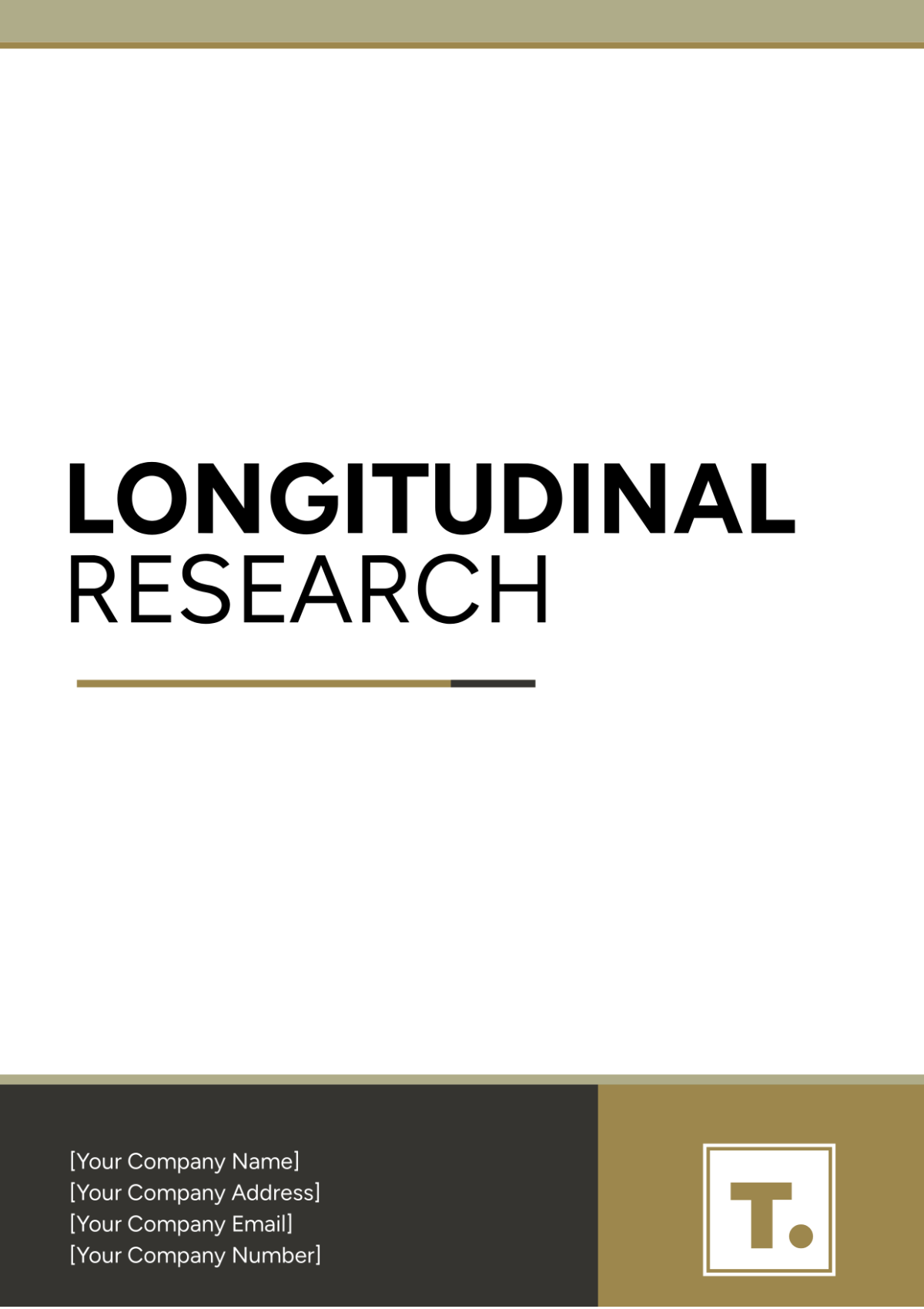Sales Productivity Descriptive Research
Executive Summary
This report provides a comprehensive analysis of sales productivity for Q1 2050, focusing on key performance indicators (KPIs) such as sales volume, conversion rates, and team performance. The analysis reveals a notable 12% increase in total sales compared to the previous year, driven primarily by high-performing sales representatives and improved lead quality. However, there is a 7% decrease in conversion rates that needs addressing. Recommendations are provided to optimize sales strategies and enhance productivity in the subsequent quarters.
Introduction
Purpose: The purpose of this research is to evaluate and describe sales productivity for the first quarter of 2050. This analysis aims to identify trends, assess performance, and provide actionable insights to improve sales effectiveness and efficiency.
Scope: The report covers sales data from January 1, 2050, to March 31, 2050. It includes metrics related to total sales volume, conversion rates, team performance, and customer acquisition and retention.
Context: The first quarter of 2050 marked a period of transition with the implementation of new sales technologies and strategies aimed at boosting overall productivity.
Methodology
Data Collection:
Data was sourced from the company’s advanced CRM system, which includes detailed records of sales transactions, customer interactions, and performance metrics. Additionally, data was gathered from sales performance reviews and automated sales tracking tools.
Analysis Techniques:
Descriptive Statistics: Calculations included averages, percentages, and growth rates to summarize sales performance.
Comparative Analysis: Sales data was compared with Q1 2050 to identify trends and measure progress.
Trend Analysis: Examined monthly sales performance and key performance metrics over the quarter.
Data Sources:
CRM Reports: Detailed transaction records and sales dashboards.
Performance Reviews: Monthly evaluations of sales representatives.
Automated Sales Tracking Tools: Real-time sales and customer interaction data.
Data Analysis
A. Sales Volume:
Total Sales: $1,680,000
Average Sales per Representative: $210,000
Comparison with Q1 2049: 12% increase
Monthly Breakdown:
January: $500,000
February: $560,000
March: $620,000
B. Conversion Rates:
Leads to Sales Conversion Rate: 23%
Comparison with Q1 2049: 7% decrease
Monthly Breakdown:
January: 25%
February: 22%
March: 21%
C. Team Performance:
Top Performing Sales Representatives: 4
Representatives Meeting Target: 78%
Average Sales per Top Performer: $275,000
D. Customer Acquisition:
New Customers Acquired: 250
Customer Retention Rate: 87%
Monthly Breakdown:
New Customers (January): 70
New Customers (February): 85
New Customers (March): 95
Findings
Positive Trends:
A 12% increase in total sales compared to Q1 2049, indicating successful implementation of new sales strategies and improved market conditions.
High performance from the top 4 sales representatives significantly contributed to the overall sales growth.
Areas for Improvement:
Conversion rates have decreased by 7%, suggesting potential issues in lead quality or the sales process.
A noticeable drop in conversion rates over the quarter, with the most significant decline in March.
Recommendations
Enhance Lead Qualification:
Implement advanced lead scoring algorithms and improve lead qualification processes to boost conversion rates.
Provide training for the sales team on effective lead management techniques.
Training Programs:
Develop and deploy targeted training programs focusing on improving sales techniques and product knowledge.
Conduct workshops to address specific performance gaps identified in underperforming representatives.
Sales Process Review:
Perform a comprehensive review of the sales process to identify and eliminate bottlenecks.
Implement a feedback loop for continuous improvement based on real-time data and performance metrics.
Performance Incentives:
Introduce new incentive programs based on individual and team performance metrics to motivate and reward high achievers.
Develop clear performance benchmarks and align incentives with sales goals.
Conclusion
The Q1 2050 analysis reveals strong overall sales performance with a 12% increase in total sales. However, the decrease in conversion rates indicates areas for improvement. By addressing the identified issues and implementing the recommended strategies, the company can enhance sales productivity and achieve even greater success in the upcoming quarters.
Appendices
Appendix A: Detailed Sales Data Tables
Appendix B: Historical Sales Comparison Charts
Appendix C: Full Methodology Description
Appendix D: Sales Representative Performance Breakdown

















































